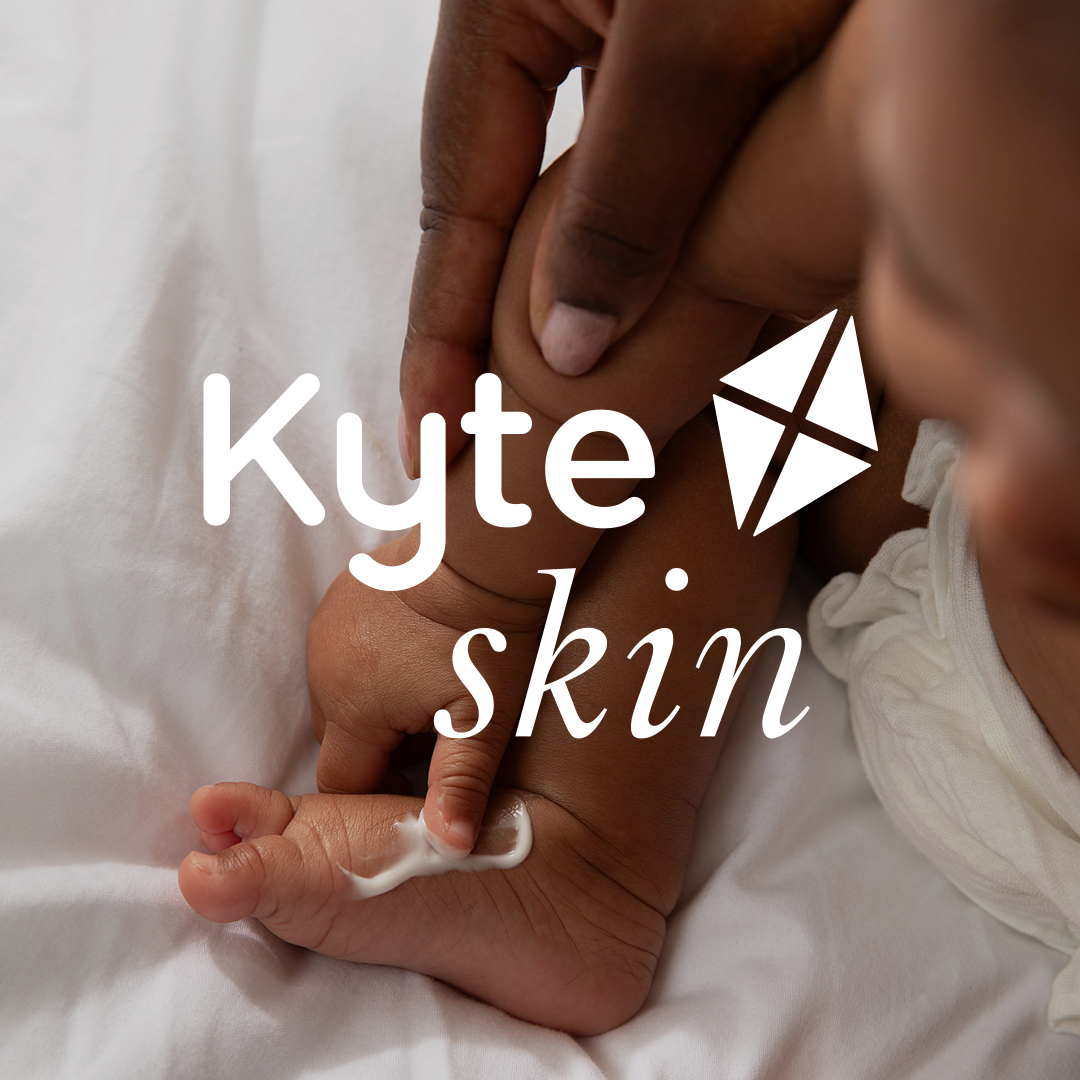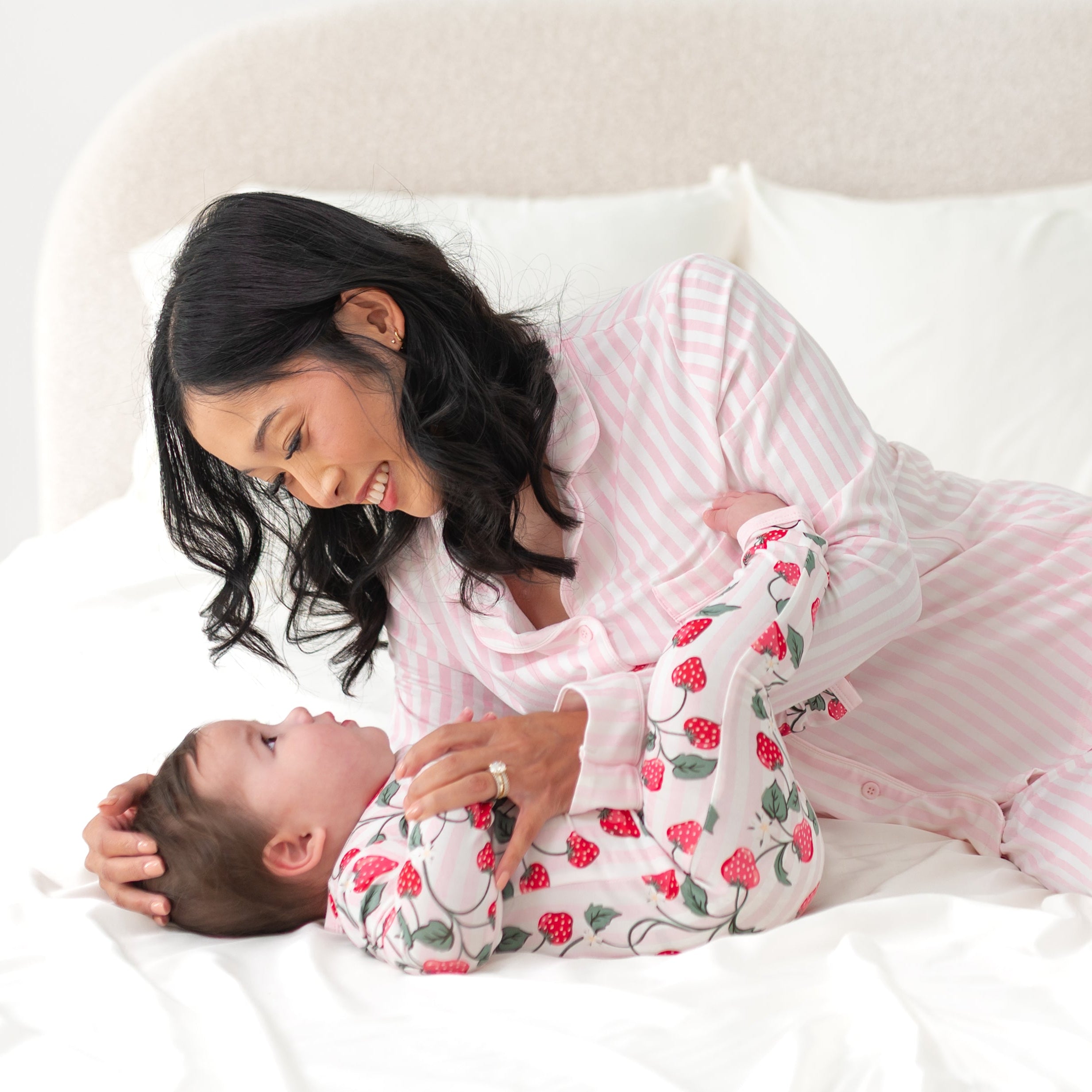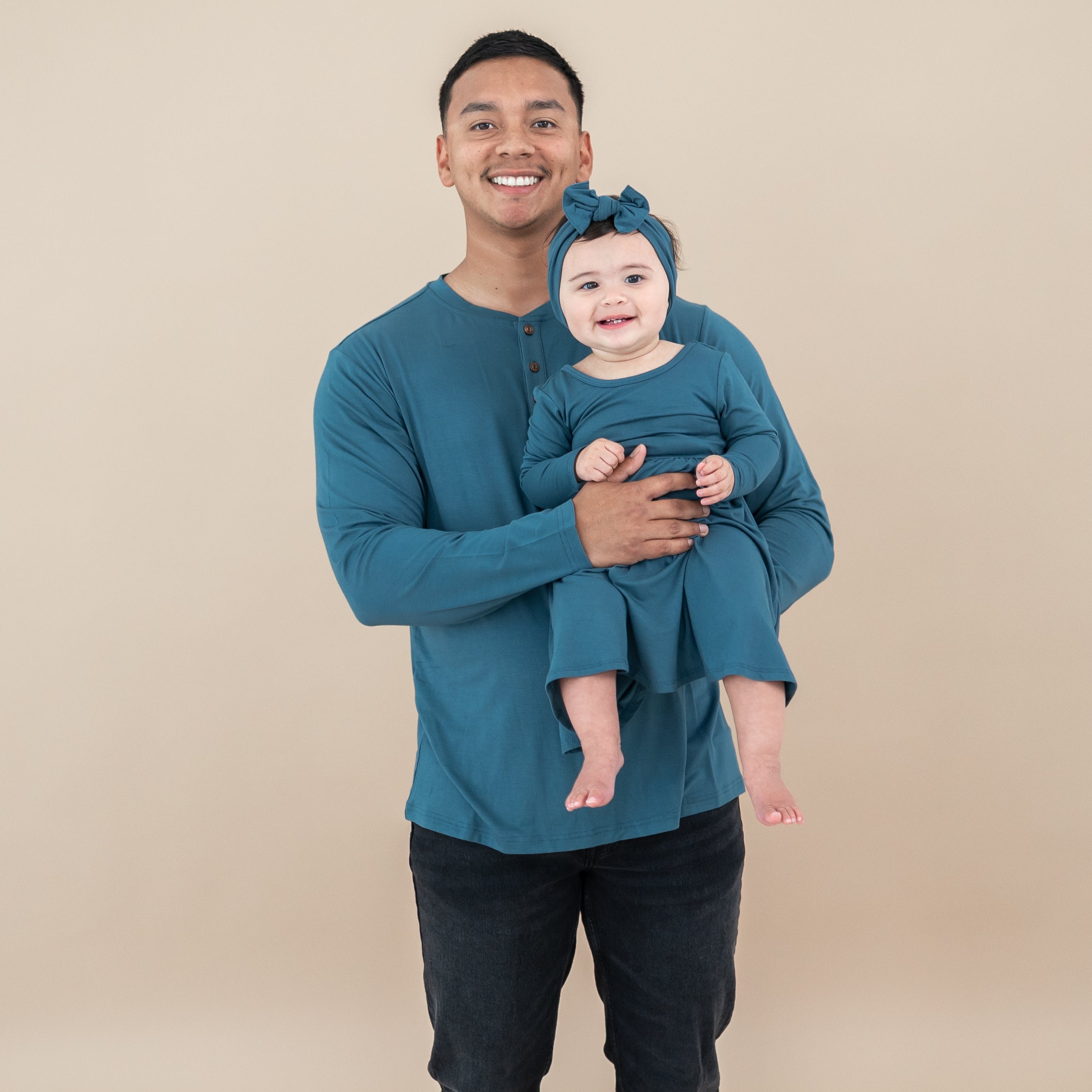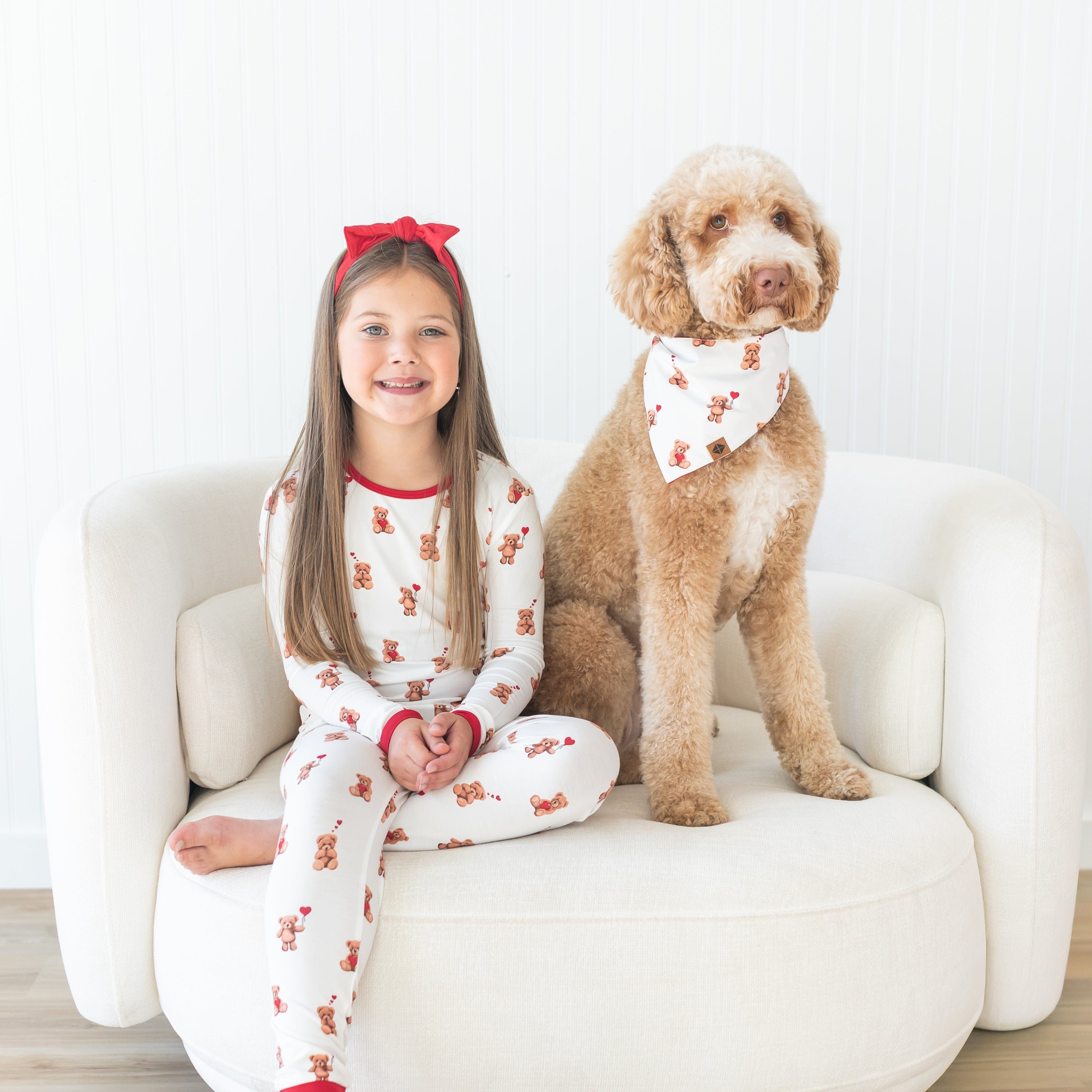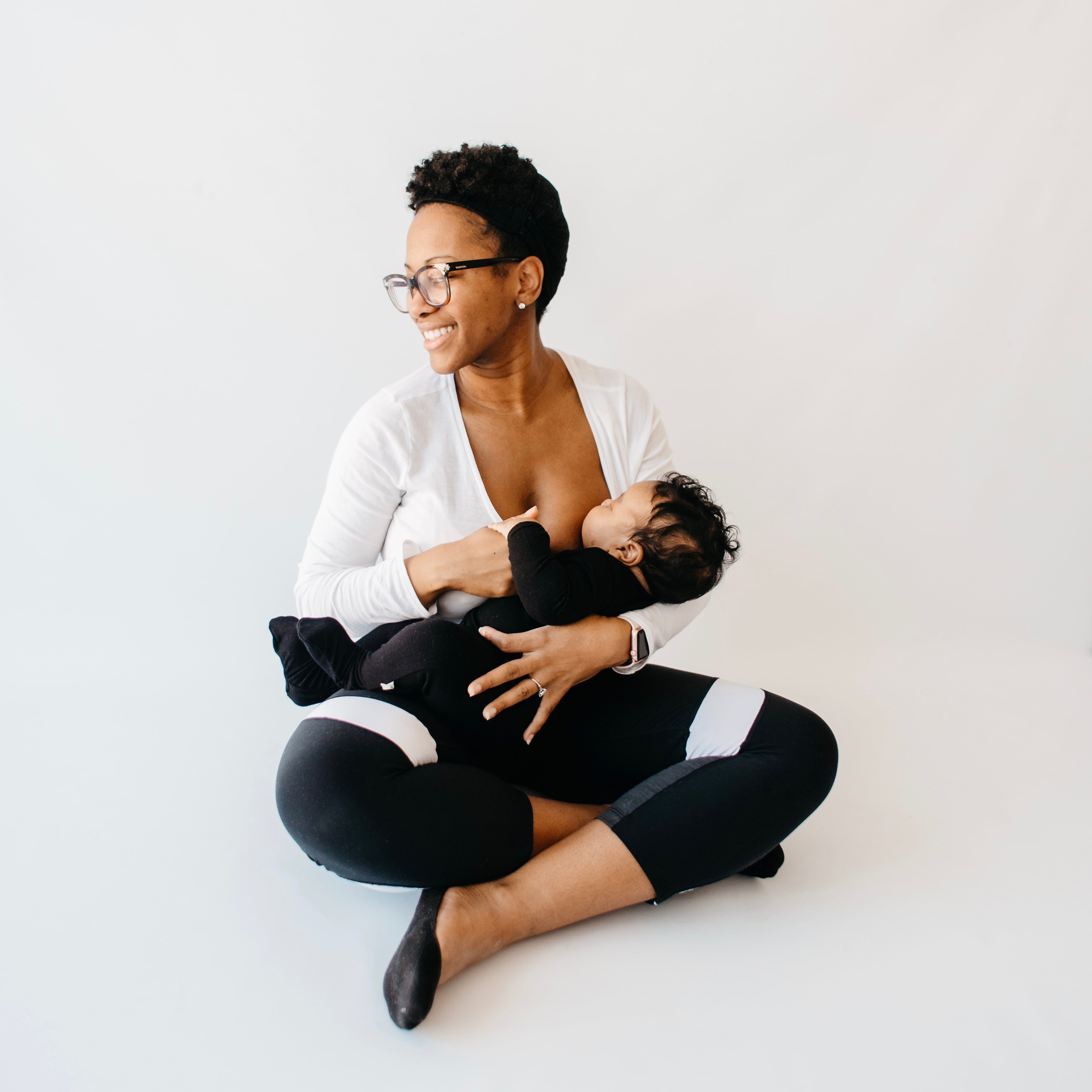
If you have a new baby or one on the way, a good swaddle is often on the “must have” list for a newborn!
Why is a swaddle recommended so often? Because during the “fourth trimester” babies like to have the womb recreated in order to soothe. Considering how uncomfortable you may have been at the end of your pregnancy, you can imagine your baby was pretty snug in there as they ran out of space in the womb!
A swaddle helps to give them that snug feeling back, but there are other benefits of swaddling that we will cover in this blog!
Studies from as early as the 1960s revealed the vital role swaddling plays in calming infants.
Along with the benefits of swaddling baby, we will cover what swaddling actually is, safe swaddling, and when to drop the swaddle.
What is swaddling?
In its most basic form, swaddling is wrapping a baby securely in a blanket so that only their head is visible. The American Academy of Pediatrics refers to swaddling as the restriction of their arms to prevent the moro reflex (also known as the startle reflex but is actually a little bit different, you can read about the differences between moro and startle reflex here).
 Other sources (like wikipedia) may suggest that swaddling refers to being wrapped around their chest, but that isn't what the AAP suggests so use your judgement.
Other sources (like wikipedia) may suggest that swaddling refers to being wrapped around their chest, but that isn't what the AAP suggests so use your judgement.
Around 90% of babies in North America are swaddled in the first few weeks of life and it’s a practice that is centuries old!
What is safe swaddling?
You may have heard about some controversy with swaddling! The media has dramatized research findings on the association between swaddling and sleep-related infant death. Some suggest swaddling increases the risk while others imply it reduces the risk.
To quote the article: "Current advice to avoid front or side positions for sleep especially applies to infants who are swaddled. Consideration should be given to an age after which swaddling should be discouraged."

Put another way: Stick to current advice not to place infants to sleep on their stomachs or sides, and stop swaddling as your baby grows -- probably around the time he or she shows signs of rolling or begins to break out of this fabric cocoon.
Other important notes for safe swaddling:
- Combine it with the ABC’s of sleep (alone, on their back, in their crib)
- Beware of overheating/using too many layers (bamboo clothing is 3 deg cooler than cotton)
- Discontinue when showing signs of rolling and/or 8 weeks of age
- Swaddle snugness should be loose enough to fit a few fingers between blanket and baby's chest.
- Make sure it’s roomy at the hips for healthy hip development

The American Academy of Pediatrics has also associated swaddling as a way to facilitate sleeping in the supine position (on their back). Swaddling and laying them in the supine position, is seen to reduce the risk of SIDS because an immobilized infant is not typically able to move or roll into a dangerous and potentially asphyxiating (that compromises normal breathing) environment.
Experts from the American Academy of Pediatrics (AAP) say there isn’t enough evidence to formally recommend swaddling, but everyone working with infants and their families should include swaddling in conversations about safe sleep practice
What are the benefits of swaddling a baby?
Researchers have found that: infants are quieter, sleep more, and have lower and more stable heart rates when swaddled under the experimental conditions than the control group of un-swaddled infants. Swaddling is now accepted as a safe way to help calm and comfort your baby, as long as it's done correctly.

Other benefits of swaddling include:
-
Reducing the moro reflex while sleeping
-
Mimics the coziness of the womb
-
Especially helpful during the witching hour
-
Swaddling babies born prematurely helps with neuromuscular development, motor organization, and feelings of distress.
When should you stop swaddling?
According to the American Academy of Pediatrics, they recommend weaning out of the swaddle at the first signs of rolling.
Some of those signs may include:
-
Getting onto their side
-
Kicking their legs up and over to the side
-
Breaking out of the swaddle
-
Spinning in circles in the swaddle

Some other signs that show it’s time to get rid of the swaddle include outgrowing it and no longer sleeping well while being swaddled. As they say, all good things must come to an end!
A doctor for the SIDS task force goes a step further and recommends parents discontinue the swaddle by 8 weeks of age as the instance of accidental rolling in the swaddle increases which increases the risk of SIDS.
We all have habits formed that help us sleep (or not) so you can expect a few rough nights as your child adjusts to not being swaddled. Consider using a sleep bag to keep them warm, cozy, and snug!

Some takeaways about the benefits of swaddling:
-
While it may not improve sleep, it is still worth utilizing as a tool to calm your baby
-
If you feel nervous swaddling your baby, double check the fit (not too snug on the hips or chest) and that there’s no loose fabric around their mouth/nose
-
Always follow the ABC’s of sleep (alone, on their back, in their crib/bassinet/pack and play)
-
Consider practicing your swaddling skills with a swaddle blanket on a baby doll to give yourself some confidence before swaddling your baby
Author Bio: Ashley Olson is a certified pediatric sleep consultant, owner of Heaven Sent Sleep, and passionate about helping new parents, experienced parents, desperate and sleep-deprived parents form healthy sleep habits for their
children.
She has over 3 years of experience in working with families and has completed over 150 hours of coursework plus continuing education related to infant
and toddler sleep. The focus of her work is on fostering a routine that grows your bond with your child while improving their sleep habits. She specializes in custom sleep plans and one on one support in changing sleep practices!

